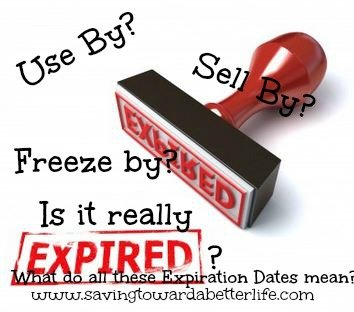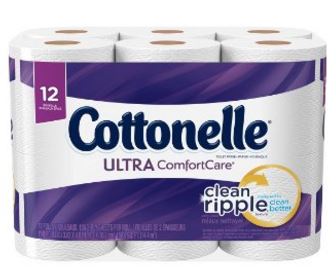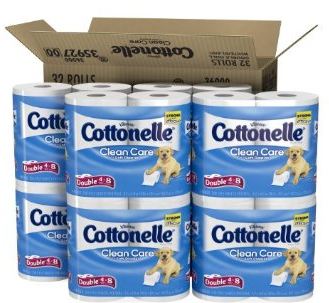So, last September, I bought some bags of Golden Flake chips at Food Giant for 50c. I stocked up because we had a birthday party and other events coming up that called for snack food. We still had a couple bags left on the snack shelf in the stockpile. Hubs got into them the other night. He came upstairs munching on one of the bags of chips.
He said, “Hey, these chips aren’t that bad even though the expired in December…”
I was quick to point out that that was just a freshness date that the manufacturer wouldn’t guarantee that they would be fresh past. But they were completely unopened and properly stored so there was no reason that they wouldn’t be fresh a couple months past that date.
“It’s not like they ROT after that date,” I said.
“I know,” said Hubs. “But they’re still pretty good…”
So what exactly do all those dates, codes and phrases mean? Best by? Sell by? And is 11March09 the ninth of March 2011 or the eleventh of March 2009?
Let’s decode some of this madness!
Expiration dates are mostly more about quality than safety.
What the dates mean:
“Sell by” is more a guide for the store to know how long it can display a product for sale. This is for the stores so they will know when to remove a product from the shelf because quality could begin to deteriorate.
The “best before” or “best if used by” date refers to a quality or flavor of the food. It indicates the last day that the item is at its best quality as far as taste, texture, appearance, odor, and nutritional value. The decline after that is gradual. This date refers to a product that has not yet been opened.
“Use by” works more like an expiration date, similar to that on medicines, and taking them after the date is not recommended.
Here are some basics on how long common things “keep” past their date:
- Milk. – Usually ok for a week past the “Sell By” date. I use the “smell test” past the date. If it smells iffy, it goes.
- Eggs. Good for 3-5 weeks past the “Sell By” date.
- Poultry and seafood. Cook or freeze within a day or two of the date.
- Beef and pork. Cook or freeze within three to five days of the date. However, most home refrigerators are not set cool enough for raw meat. Stores keep meat at 30 degrees. Most home refrigerators are set around 40 degrees and raw meat will only keep for 2 days regardless of the date.
- Yogurt. Yogurt will remain good 7-10 days after its sell-by date.
- Canned goods. – Highly acidic foods like tomato sauce can keep 18 months or more. Low-acid foods like canned green beans are probably risk-free for up to five years. Don’t store canned goods in a hot place (like crawl space or garage). Canned and dry goods do best in a dry, dark place between 50 and 70 degrees F. Dented or bulging cans should be tossed immediately!
Tips for refrigerating/freezing meat:
- Once a perishable product is frozen, it doesn’t matter if the date expires because foods kept frozen continuously are safe indefinitely. (Though I have heard it recommended (and I generally adhere to this) that ground beef needs to be consumed within three months of being frozen)
- Food needing refrigeration should be kept below 41 degrees. On the loading dock, in the car, on the kitchen table, it should not be outside of that temperature for more than four hours total. You have no idea how long it may have been subjected to higher temperatures before you buy it, so you need to minimize the “standing” factor after you get it.
The number one rule of expiration dates is regardless of the date, if it doesn’t seem right, toss it!
I used WebMD.com and an article in Business Week when I was researching this! I hope it helps!











Follow Me!